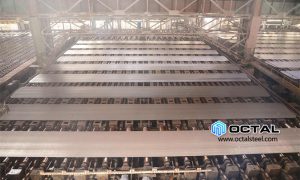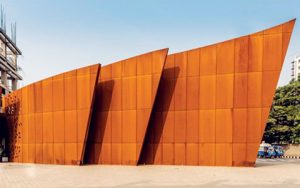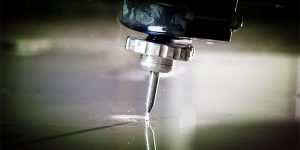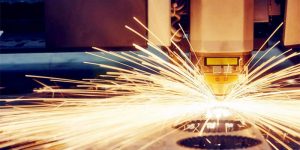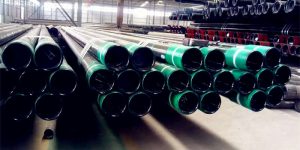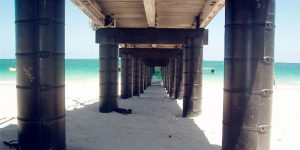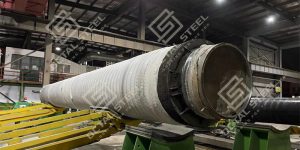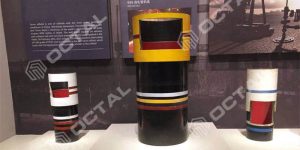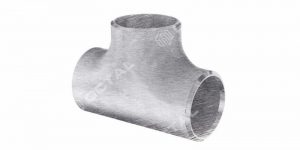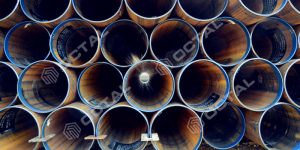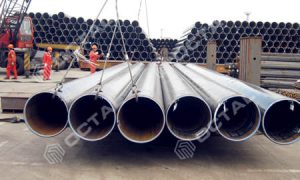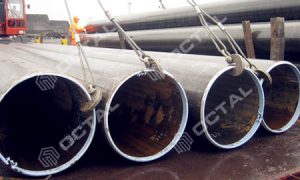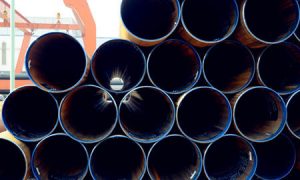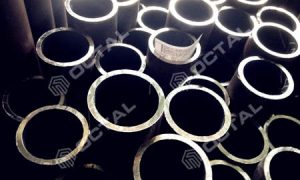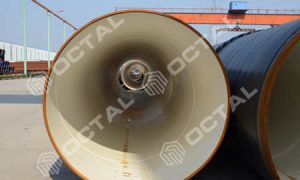ASTM A36 Steel Plate – Completely Specifications
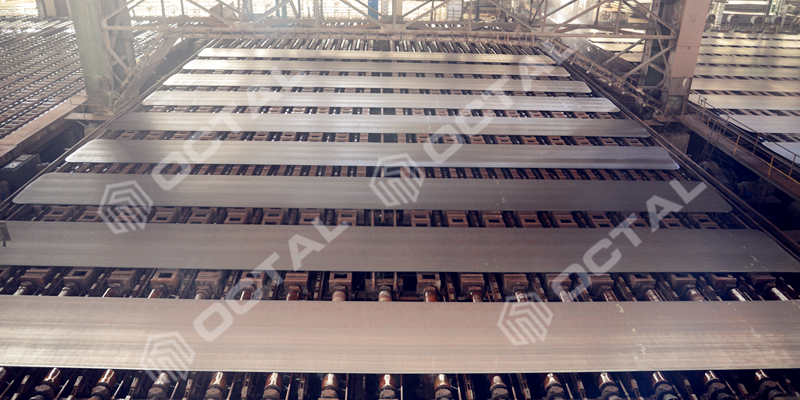
ASTM A36 steel plate and beams has been deemed as top rated materials in construction activities and structural building.
Therefore, how come it gets so popular in different industries? Why there were so many people buying this material?
So today we are going to introduce this magic material – ASTM A36 Steel plate.
For your better understanding, we will explain from different aspects as followings:
What is A36 Steel
Applications
What kind of products could be made with A36 steel and plates
Referred standards for making this steel
Material Specification
Chemical Composition
Mechanical properties (Tensile strength and yield strength)
Equivalent materials
Advantages and performances
What is ASTM A36
The A36 steel developed by ASTM international is one of the popular and widely used carbon structural steels which is mild and hot rolled. ASTM A36 has ultimate welding properties and it is perfectly suitable for punching, grinding, drilling, tapping and machining processes. Unlike higher-performance alloys, these structural steel plate properties allow the steel to be used in many applications.
Why A36 steel plate is the top rated material in constructions
As we know, it is kind of carbon steel plate, so it’s not a expensive material which have very good performance and strengths to bear the various kind of system pressure. With high durability and even over period it could be recycled totally. Back to furnace and to make fresh steel products.
So, A36 steel plate is the base material for all the constructions and structural, it has the wide range of applications and could be used for many purposes based on the thickness and corrosion resistance of the alloy.
As a matter of fact, a lot of the manufactured products that use this A36 steel plate include warehouses, industrial and commercial structures, buildings (including pre-fabricated buildings), pipes, tubings, cabinets, enclosures, and housings.
Moreover, A36 steel could be made to various base construction materials.
ASTM A36 steel is generally available in the many forms i.e. it is available in rectangle bar, square bar, circular bar and also steel shapes like angles, H-beams, I-beams, and channels. This steel plate is also known as mild steel in South East Asian Region.
And below materials are listed in ASTM A36 standard specification that could be made in this kind of carbon steel material.
Steel Rivets, referred ASTM A502 Grade 1
Steel nuts, ASTM A563/M
Bolts, ASTM A370 Grade A or F 568M
High strength bolts, ASTM A325/M
Anchor bolts F1554
Cast steel, ASTM A27/M Grade 65-35 (450-240)
Carbib steel forgings, in ASTM A668 CLASS D
Cold-formed tubing ASTM A500 Grade B
Hot formed tubing ASTM A501
Hot rolled steel plate, coil and strip, ASTM A570/M, Grade 36
Material Properties/Specifications
We shall explain material specifications from chemicals and mechanical properties. Although, contact us for ASTM A36 standard specification in PDF, we shall send you immediately.
Chemical composition of A36 steel plate
It consists of carbon (C) content 0.25 – 0.29%, Copper (Cu) content 0.20%, Iron (Fe) content 98.0 percentage, Manganese (Mn) content 1.03 percentage, Phosphorus (P) content 0.04 percentage, Silicon (Si) content 0.280 percentage and Sulfur (S) content 0.050 percentage. With excellent properties, this steel plate can be bolted, riveted and welded in the construction of buildings, bridges, and buildings and for any general structural purposes.
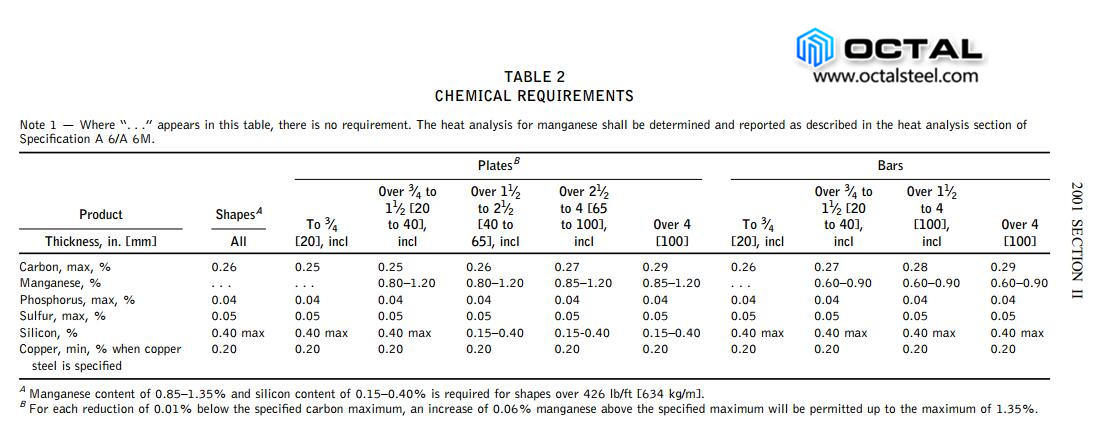
A36 Steel Equivalent materials
ASTM A36 is said to be same as EN S275 steel plate. A36 steel is a very low carbon steel that blends great strength with form ability. It can be safely welded with minimum caution. This structural steel plate can be galvanized to give enhanced corrosion resistance which ensures superior quality.
Yield Strength and Tensile Strength
Its mechanical properties include tensile Strength ksi of 58-80 (400-550 Mpa) and minimum Yield strength 36 ksi (250 Mpa).
Elongation in 8 in min 20%, in 2 inch min 23% for steel plates and bars. For shapes and parts is 20% and 21% correspondingly.

The mechanical properties of this steel can be changed or altered through different heating treatments. The results obtained from this various heat treatments show you improvement in mechanical properties of the ASTM steel. The yield strength of this steel plate is
Referred standards for making ASTM A36 carbon structural steel
a. A6/M specification for rolled structural steel bars, beams, plates, shapes, and sheet piling (pile sheet).
b. ASTM A27/M spec for steel castings, carbon for general application
c. ASTM A307, specification for carbon steel bolts and studs, with tensile strength in 60000 psi (415 Mpa).
d. ASTM A325 for structural bolts, steel, heat treated, with minimum tensile strength 105 or 120 ksi.
e, A325M for high strength bolts and joints.
g, A500, A501, A502, A563 A570, A668 and F568 referring other steel products and materials.
A36 low carbon (mild) steel plate advantages and usage
ASTM A36 low carbon and structural steel plate is highly used in construction of oil rigs and in forming bins, tanks, bearing plates, rings, jigs, cams, forgings, templates, gears, base plates, stakes, fixtures, sprockets, forgings, brackets, ornamental works, stakes, agricultural equipment, automotive equipment, machinery parts and frames. This steel plate is also used for various parts that are produced by flame cutting. The parts include walkways, boat landing ramps, parking garages, and trenches. The ductility of this steel plate allows the alloy to be used neither as cable nor as reinforcing bar. This steel is strictly regulated by ASTM that is by American Society for Testing and Lindenhurst health and fitness center Materials.
Good machinability and weldability
The machinability rate of this steel plate is approximately 72 percent, and the average surface cutting feed of this A36 is 120 feet per min. This ASTM steel plate is an easy steel to weld and it can be welded by using any type of welding methods and also the welds and joints that are formed are of top-notch quality. Coming to the heating treatment, any standard carburizing and the hardening methods of AISI 1018 steel is perfect for this steel plate.
Heat treatment methods and performances for A36 steel plate
ASTM A36 steel plate is subjected to the normalization treatment at 899°C to 954°C that is at 1650°F to 1750°F, to annealing treatment at 843°C to 871°C that is at 1550°F to 1600°F, to stress relieving process at 677°C to 927°C that is at 1250°F to 1700°F, to carburizing process at 899°C to 927°C that is 1650°F to 1700°F and to hardening process at 788°C to 816°C that is 1450°F to 1500°F. Hardening process is strongly required when hardness and strength are the desired prime properties in design. Normalization treatment is done as the final treatment after the manufacturing process.
The properties of this steel plate allow it to deform steadily as the stress is increased beyond its yield strength in order to allow the bridges, buildings and any other constructions to stand long enough by allowing the inhabitants to exit safely before any collapse takes place. This steel plate has very good yield strength that is it has yield strength of 36,000 psi and it also has a high allowable bending stress of 22,000 psi.







